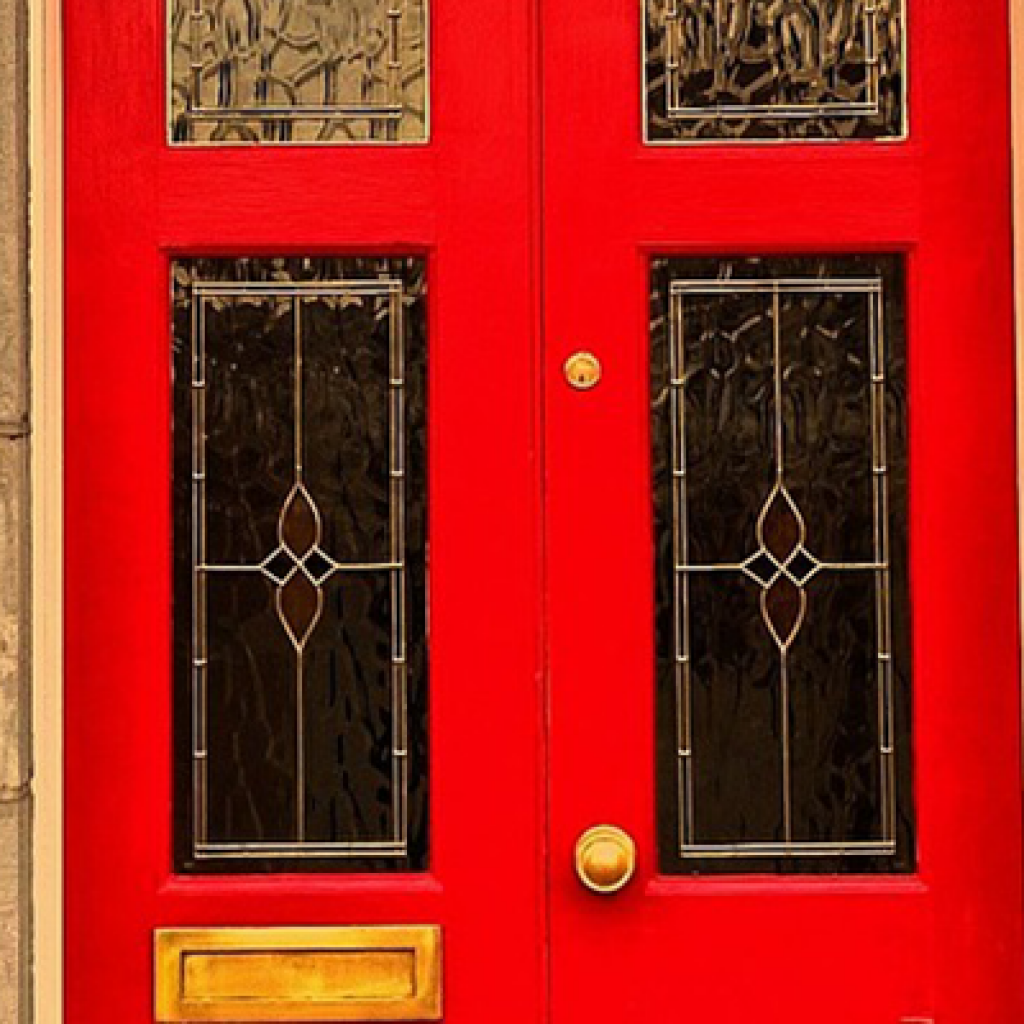It’s always difficult to throw old things away, and doctrines from mediaeval times or before live on in English law. But even historical curiosities can still bite. Homeowners can face major financial liabilities, and developers can be forced to dismantle parts of new buildings or abandon whole projects.
Old laws sit awkwardly in the modern real estate world. They pre-date rules on planning or building standards, and they can strike from unlikely quarters. They demand cautious underwriting but can be manageable. An underwriter needs to think about local history and feelings and land surveying practice as much as knowing the law.
The three examples below look briefly at rights of light, registration as a village green and chancel repair.
Rights of light
In English law, a right of light is an easement: it protects my land against being overshadowed by something built on your land. The right may be expressly created, or acquired over time. In crowded cities buildings go higher and higher, but they still cast shadows.
If you infringe my right of light, my remedy may be financial compensation or an injunction, to stop the offending work. Recent decisions show that, unless a developer has acted reasonably throughout the building project, and not simply ignored the rights of adjoining land, compensation may not be the only consequence. Failure in one of the four tests set by the courts is fatal to the whole case.
Building surveyors assess how a new structure may affect its neighbours’ share of light, and model potential liability. Underwriters have to link both to current law (by scrutinising judges’ decisions and the thinking behind them). They must also consider how the development has been handled during the planning process, and quantify potential losses at each stage of construction to offer cover which protects without stifling the developer’s ability to manage the project – and relations with the neighbours – in a practical way. Recently, a developer who ignored the rights of adjacent owners and relied on being able to buy off the rights was ordered to remove the top two floors of his new building.
Village greens
Once, every English village had its green. The rules surrounding what is a village green date from the 12th. century, and contain elements of statute and common law. Halsbury gave a practical definition: the Royal Commission’s 1958 description was more poetic: “Village green — the very words are evocative of great age and tranquillity, of turf as rich in hue as it is trim in a setting untouched by time.”.
The Commons Registration Act’s process allows village greens to be registered and preserved for local amenity. The initial registration period ended in 1970, but the Act allowed later registration of “missed” greens. This gives problem starts for developers, and opportunities for insurers.
In 1994, permission was granted for two houses on land owned by the Church of England at Sunningwell, in Oxford. An opponent to the scheme applied for registration as a village green. The local authority rejected the application, but the opponent persisted as far as the House of Lords which, in 1999, directed the local authority to register the land as a village green, so stopping the house-building.
The threat to developers was obvious: any person living near a new development could apply for registration as a village green: the developer would at least face delay and added cost, or at worst could lose any chance of completing the development. Matters remained confused, and insurers wary, until the Commons Act of 2006 introduced new tests and procedures.
Clearer laws help in assessing whether a site is insurable. An application may be a “blocking tactic”, where other objections to planning proposal have failed, so the underwriter needs to gauge the strength of local opposition, and assess whether there is a real risk of determined action, as well as assessing the legal aspects. The internet can give a useful clues, and reports from the planning authorities can indicate whether other facilities will be made available. The cost of even a successful defence can be high, so keeping an eye on potential liability to defend is an essential part of underwriting.
Chancel repair liability
In mediaeval times, the rector was entitled to a tithe – one tenth – of the produce of certain lands in the parish. This “rectory” was managed from the chancel. While the local landowner and congregation looked after the nave, the rector had to maintain the chancel. Following the dissolution of the monasteries, the rectories were sold off to lay rectors. Tithes were converted into “glebe” land by enclosure laws, and this was divided up and sold. When tithes were abolished, the liability of the lay rectors to maintain the chancel remained and attached to glebe land. As Church and local landownership became more remote (the Chancel Repair Act of 1932 transferred the handling of claims away from the Church courts), this risk was given less consideration in the conveyancing process.
Over the years, lay rectors had quietly paid the church to have their liability extinguished. One couple, though, fought, with ruinous consequences. Mr. and Mrs. Wallbank inherited Glebe Farm (a possible clue there?) in rural Warwickshire. Repairs to churches often receive grant aid from conservation bodies such as English Heritage, and in this case the funder enquired whether anyone else should contribute. The Wallbank’s title contained a chancel repair liability, so the Parochial Church Council requested payment of around £6,500. They resisted and the matter went to court — and all the way to the House of Lords. In 2003, the Lords confirmed the liability (after the Wallbank’s invocation of European Human Rights laws failed). The bill had grown as more repairs were needed and legal costs piled up; in the end, the total reached around £500,000. The property was auctioned to pay the church.
This was an exceptional case, but identifying and dealing with potential risk is an essential part of the conveyancing process. The safest way to deal with chancel risk is to blend searching and insurance: might there be a risk and is it insurable? A chancel screening report shows whether the risk may exist, but not whether a particular property is definitely affected (so as not to require registration of the liability at the Land Registry). The buyer can then be insured in case the Church may have a right to claim. The risk is fairly diverse, so the cost of insurance is modest. Where the link is stronger, insurance is still available, but at a higher premium and possibly only after the physical condition of the church is investigated (discreetly).
Now parishes must register their right to charge for chancel repair liability by October 2013 to keep it alive, but what many see as an antiquated and unfair burden remains, as do uncertainties about which parishes will register their right, and how liability over fragmented glebe lands will apply.
Ancient laws in a modern context challenge underwriters to keep up with changing judicial attitudes. But for insurance to provide solutions, insurers need to combine legal expertise, pragmatism and credible security.
If you would like to know more you can contact Brian via email brian.chrystal@clsl.co.uk or visit the CLS website.
Today’s Conveyancer, bringing you the latest conveyancing news and updates.




















